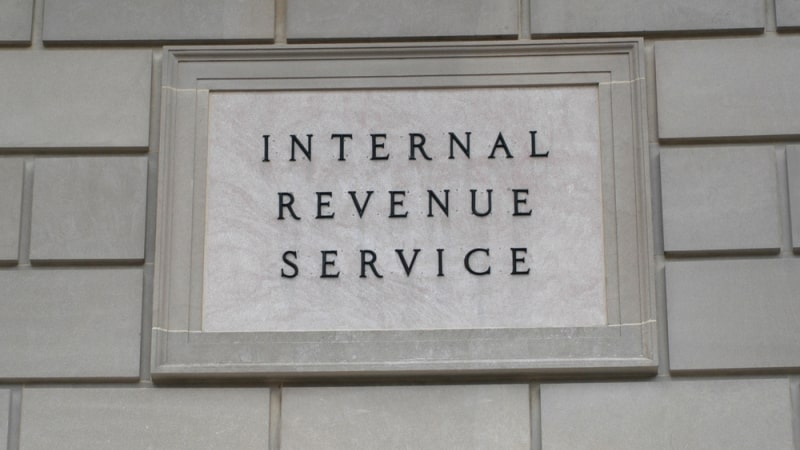
In response to a recent report by the Government Accountability Office (GAO), the Internal Revenue Service (IRS) said it plans to step up digitization of processes and customer service functions as part of plans to improve its performance in 2023, the agency told GAO.
In a letter responding to GAO’s findings, the IRS also stated that long-term funding provided by the Inflation Reduction Act of 2022 will help improve processing and service during the 2023 filing season.
“In its third filing season since the COVID-19 pandemic began, the IRS prioritized processing its backlog of tax returns but its current inventory of unprocessed returns remains high. At the end of 2021, IRS had a backlog of about 10.5 million paper returns and returns stopped for errors,” the GAO report stated.
GAO acknowledged that IRS addressed its backlog of 2021 paper returns. However, as of late September 2022, IRS had about “12.4 million returns to process, resulting in refund delays for millions of taxpayers.”
Previously, GAO made several recommendations to the tax agency to improve paper processing by digitizing more paper returns and addressing barriers to e-filing. While the IRS has taken steps to implement some of GAO’s recommendations, they remain unimplemented, the watchdog agency said.
In its response to GAO, IRS stated that due to resources issues and unique factors tied to new legislation and the pandemic, “we entered the 2022 filing season with a significant volume of unprocessed returns and correspondence.”
“With the recent infusion of long-term funding provided by the Inflation Reduction Act of 2022, we are diligently working to ensure our level of service returns to and exceeds pre-pandemic levels in the upcoming 2023 filing season,” the IRS added.
Thus far, the IRS explained, it has implemented online live assistance (voice and chat bots) in English and Spanish to better enable taxpayers to interact with the agency. These bots “leverage limited employee resources allowing a single employee to respond to multiple taxpayers at a time,” according to the IRS.
In addition, the IRS has increased access to online self-service tools, which have allowed millions to create individual online accounts through IRS.gov, reducing call volumes through increased online services and ensuring agency officials can devote more resources to the inventories.
The IRS also created and expanded self-service portals for taxpayers to implement an online payment agreement, request payment transcripts, update personal information, and more. This effort, IRS said, also has reduced call volume and freed up workforce personnel to address inventories and backlogs.
